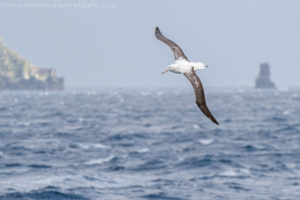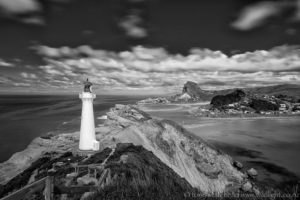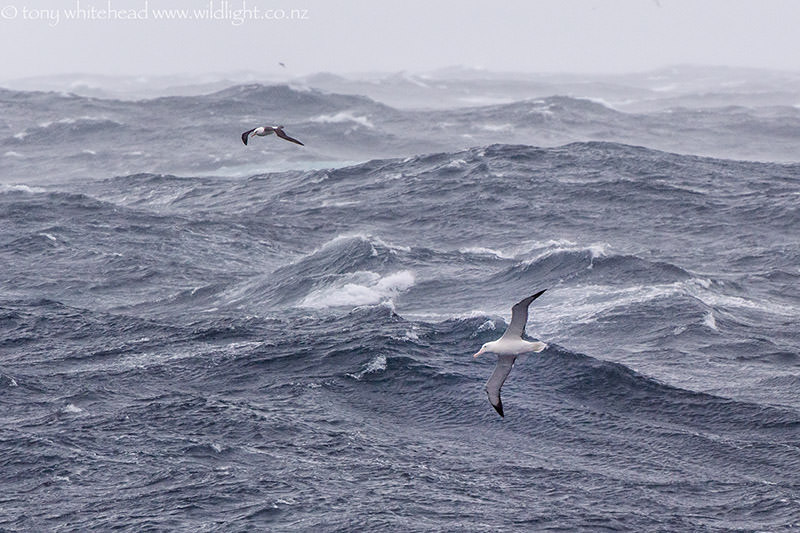
Our passage from Auckland Island to Campbell Island gave good conditions for albatross with strong winds and big seas. Waking in the morning we still had a fair way to go so time to spend on deck watching birds. Hiding on the lee side of the ship and braced against the rolling there were plenty of opportunities to track and photograph the passing parade of wheeling birds. Conditions made identification difficult apart from the obvious difference between Greater and Lesser Albatrosses so it has been nice to work through my files making better identifications.
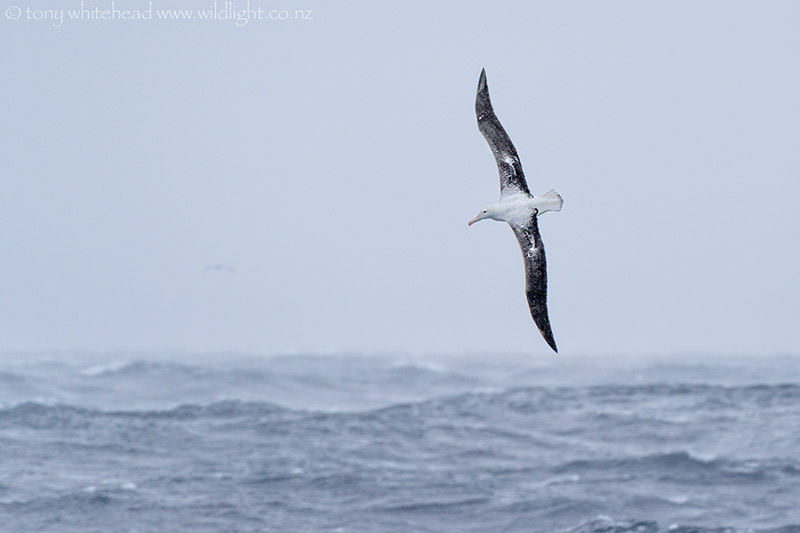
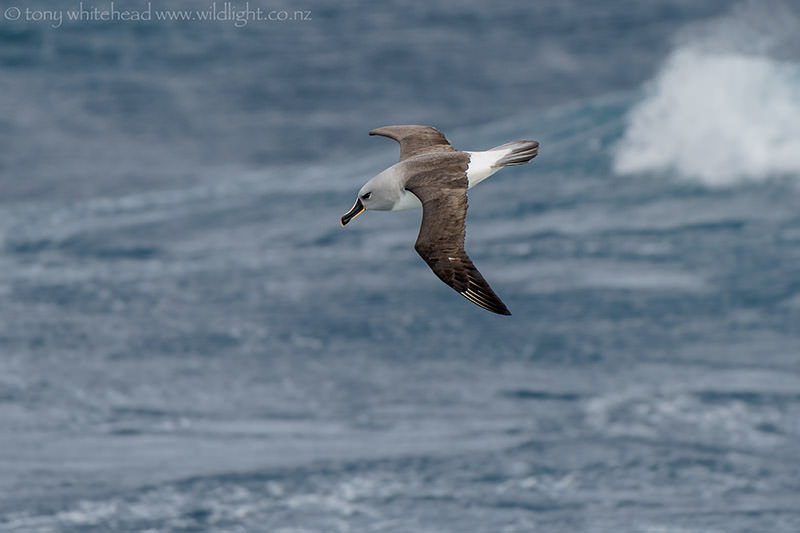
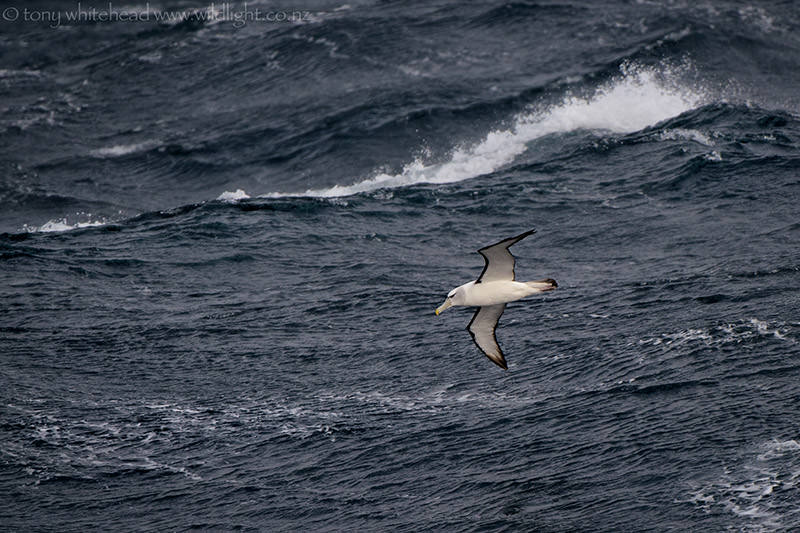
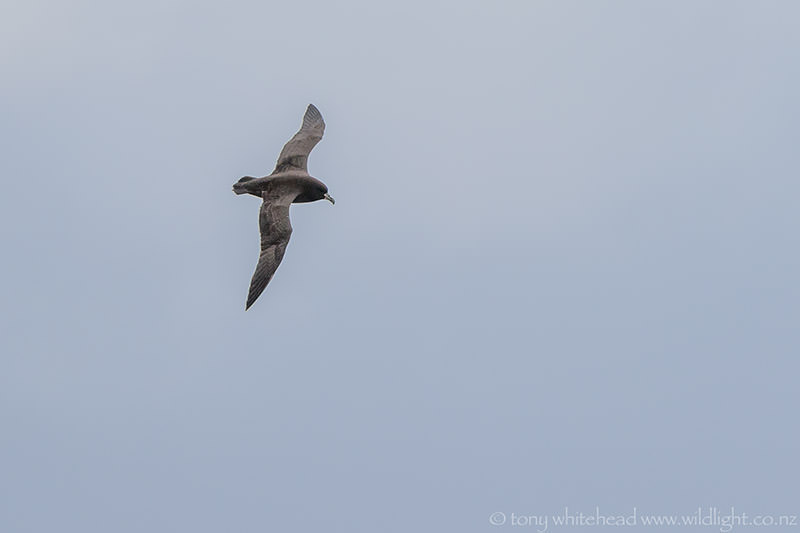
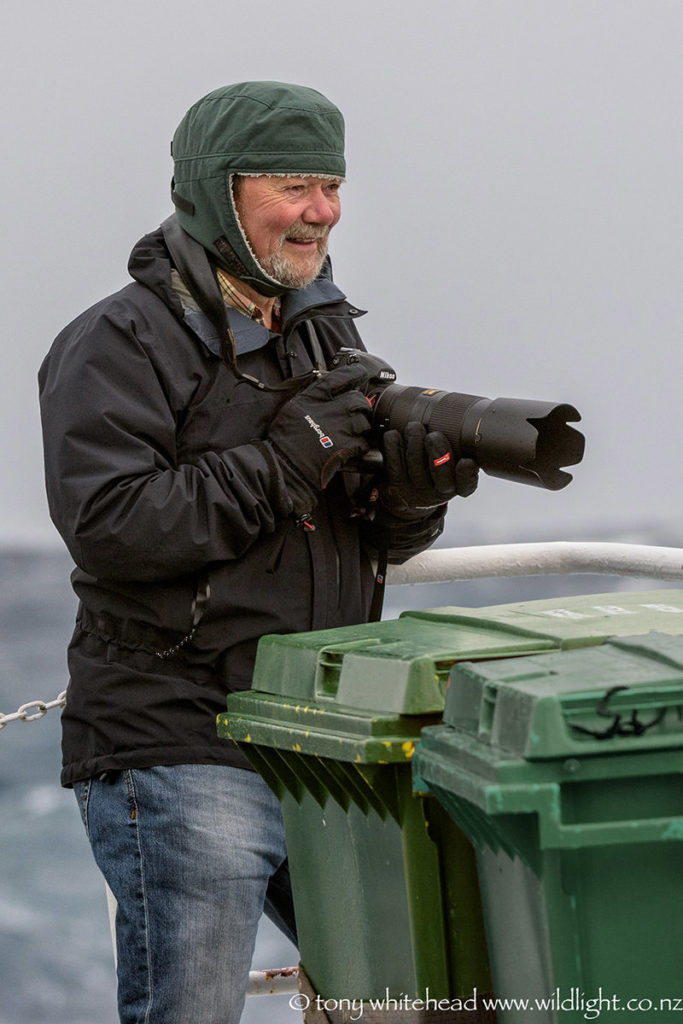
The closer we got the more frequent the Campbell Albatross became. Having seen plenty of Black-browed Albatross in the Beagle Channel and Drake Passage their general appearance is very familiar but the difference is that the Campbell has a pale yellow eye with is visible once they get closer and gives them a rather intense stare. Yet another endemic localised to a small island in the roaring winds of the Southern Ocean that few get to see first hand.
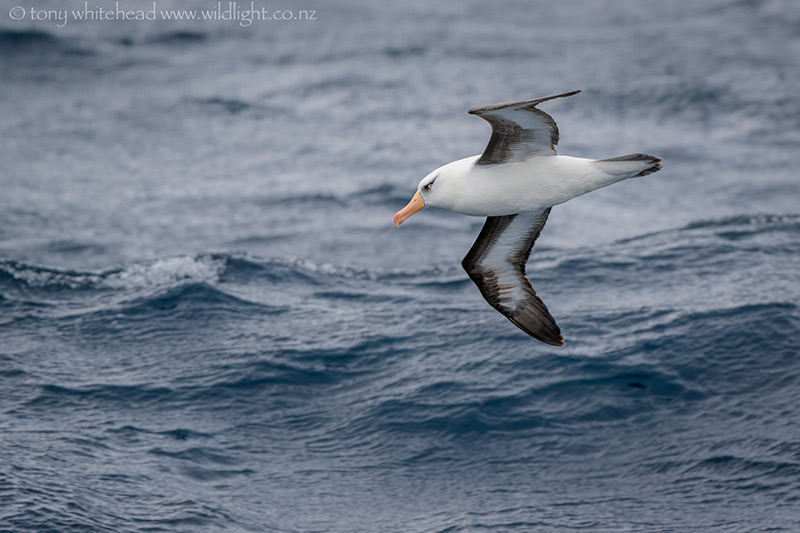
Arriving at Campbell Island was reminiscent of our exploration of Carnley Harbour with a strong westerly ripping down the length of Perseverence Harbour and giving lie to the map impression of a harbour well sheltered from the prevailing westerlies. We nudged in past the New Zealand Sea Lion colony on the northern side of the entrance and dropped 2 anchors off Beeman base before embarking on the first Zodiac for a spray lashed ride in to the shore to explore the Col Lyall boardwalk. This was to be our most southerly stop and the destination I had been most looking forward to. A wild island dominated by two of my favourite things – tussock and Albatrosses.
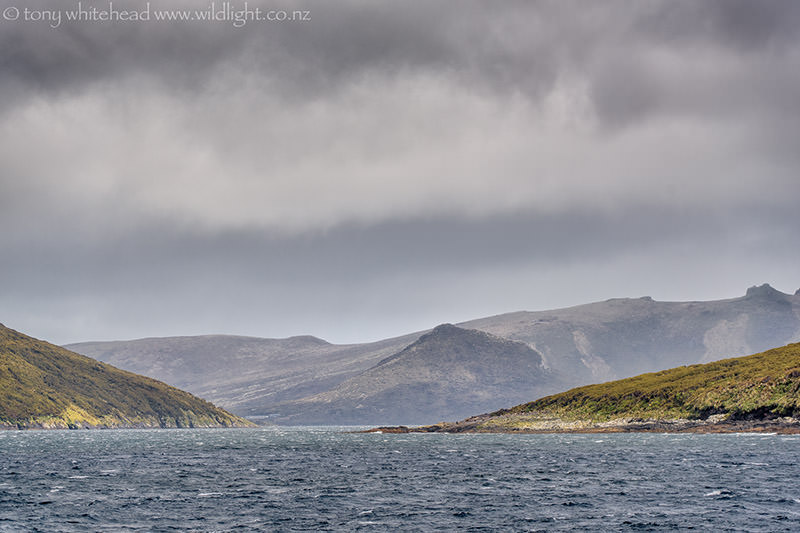
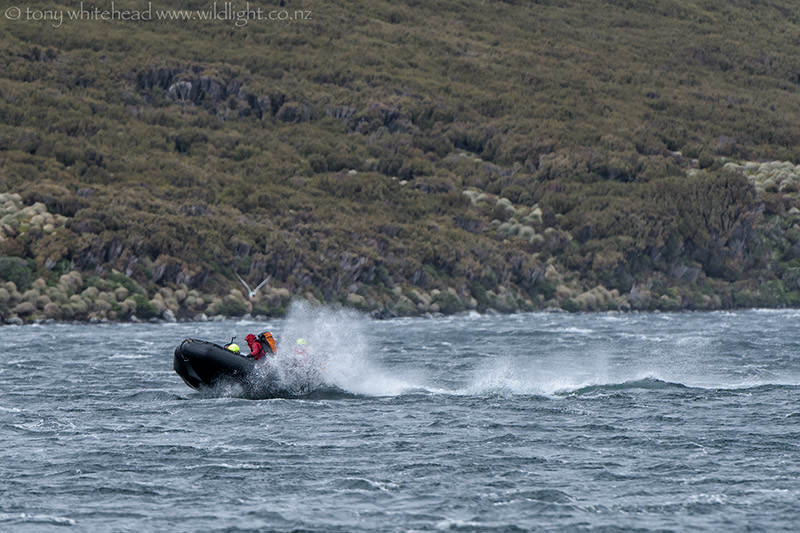
Photos all with Nikon D810 and Nikon 200-400mm f4 VR lens.
